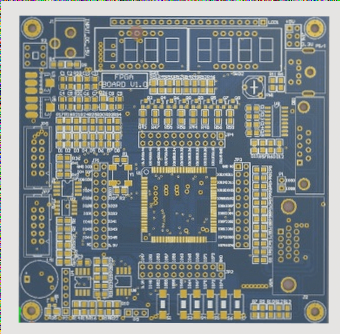Common Defects in PCBA Processing
- Poor solder joint contact angle: The angle between the fillet weld and the pad’s end joint exceeds 90°.
- Upright components: Components standing upright or at an angle, or not properly aligned with the pad.
- Short circuits: Solder connecting two or more joints that should remain separate.
- Insufficient soldering: Lack of proper solder connection between component leads and PCB joints.
- False soldering: Appearance of connected joints without genuine connection.
- Cold soldering: Incomplete melting of solder paste at joints.
- Insufficient or excessive tin: Tin amount between component end and pad not meeting specifications.
- Black solder joints: Solder joints appearing black and dull.

Additional Issues:
- Oxidation: Components, circuits, or pads showing colored oxides due to chemical reactions.
- Displacement: Misalignment of components horizontally, vertically, or rotationally.
- Polarity reversal: Incorrect orientation of polarized components.
- Floating height: Height difference between components and PCB.
- Incorrect parts: Mismatch in component specifications with BOM or customer information.
Explore more about PCBA processing and PCB fabrication for quality assurance.



